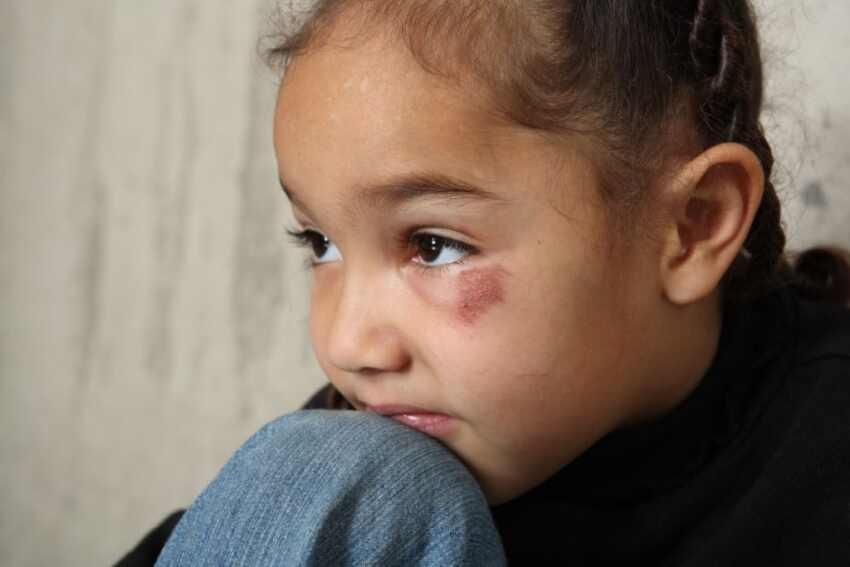Understanding the Actuality of Baby Harassment
Child harassment is an alarming reality that affects millions of children worldwide. It is a silent epidemic that often goes unnoticed, leaving long-lasting emotional and psychological scars. The World Health Organization (WHO) estimates that one in three children worldwide experiences some form of bullying or harassment during their childhood. The impact of child harassment can be devastating, leading to increased vulnerability, low self-esteem, and even suicidal thoughts in extreme cases.
Types and Forms of Child Harassment
Child harassment can take various forms, including physical, verbal, psychological, and cyberbullying. Physical harassment involves physical aggression, such as hitting, kicking, or pushing, while verbal harassment includes name-calling, teasing, and cruel comments. Psychological harassment involves tactics like intimidation, manipulation, and isolation. Cyberbullying, the newest and fastest-growing form of child harassment, takes place online through platforms like social media, emails, or text messages, making it difficult for victims to escape.
The Effects on Child Victims
Child harassment can have profound and long-lasting effects on its victims. Children who experience harassment often suffer from anxiety, depression, and a decreased sense of self-worth. They may have difficulty concentrating in school, leading to poor academic performance. Additionally, victims of child harassment are more likely to develop psychosomatic symptoms such as headaches, stomachaches, and sleep disturbances. It is crucial to recognize these effects and provide appropriate support to protect the mental well-being of these vulnerable individuals.
Contributing Factors to Child Harassment
Child harassment can be attributed to a variety of factors. Inadequate parenting or neglect can lead children to seek power and control over others through harassment. Social factors like peer pressure, poor relationships with classmates, or a lack of empathy also contribute to the prevalence of child harassment. Furthermore, societal norms that tolerate or overlook bullying behaviors perpetuate its spread. Addressing and mitigating these factors through education and awareness is essential to combat child harassment effectively.
Prevention and Intervention
Confronting the silent epidemic of child harassment requires a multi-faceted approach involving prevention and intervention strategies. Prevention programs should focus on creating a safe and inclusive environment for children to thrive, with zero tolerance for harassment. These initiatives should include educational campaigns, teaching empathy, conflict resolution skills, and implementing anti-bullying policies.
Intervention strategies should prioritize early identification and effective interventions for victims and perpetrators. Encouraging reporting mechanisms and providing counseling and psychological support services are crucial in assisting child victims in coping with the trauma caused by harassment. Restorative justice practices, such as mediation and conflict resolution, can also play a significant role in promoting healing and preventing future harassment incidents.
Role of Parents, Educators, and Society
Parents and educators play a vital role in addressing child harassment. By fostering open communication, teaching empathy, and promoting positive social relationships, they can create a supportive environment that encourages children to seek help when facing harassment. Schools must have clear policies in place to tackle harassment promptly and provide necessary support to victims.
Society as a whole must realize its responsibility in combating child harassment and actively work towards raising awareness and understanding of this issue. This includes challenging harmful stereotypes, promoting empathy and kindness, and fostering a culture of inclusivity and respect. Collaboration among parents, educators, policymakers, and the community is crucial to create a society where child harassment is not tolerated.
Child harassment is a silent epidemic that affects countless children around the world. Understanding its prevalence, types, and effects is the first step towards combating this alarming issue. By implementing prevention and intervention strategies, and ensuring the active involvement of parents, educators, and society as a whole, we can work towards creating a safe, inclusive, and harassment-free environment for our children. Only through collective effort can we confront this silent epidemic and protect the well-being and future of our younger generations.
Nidhin
For More Details Call: +917510220582
